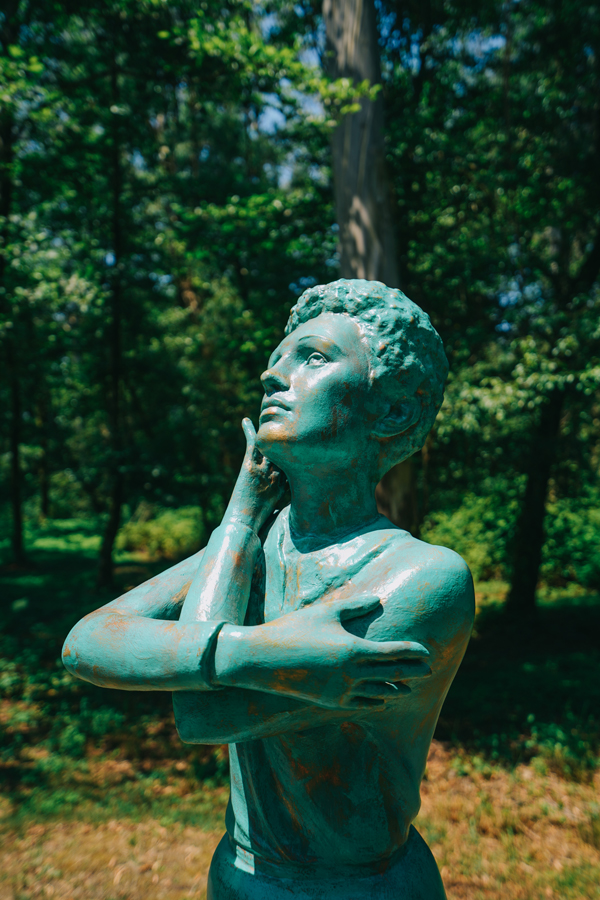Sign Up
BLACK SEA ARENA
Forgot Password
BLACK SEA ARENA
Sales Temporary Suspended

Edit Piaf
Edith Piaf is almost universally regarded as France's greatest popular singer. Still revered as an icon decades after her death, "the Sparrow" served as a touchstone for virtually every chansonnier, male or female, who followed her. Her greatest strength wasn't so much her technique, or the purity of her voice, but the raw, passionate power of her singing. (Given her extraordinarily petite size, audiences marveled all the more at the force of her vocals.) Her style epitomized that of the classic French chanson: highly emotional, even melodramatic, with a wide, rapid vibrato that wrung every last drop of sentiment from a lyric. She preferred melancholy, mournful material, singing about heartache, tragedy, poverty, and the harsh reality of life on the streets; much of it was based to some degree on her real-life experiences, written specifically for her by an ever-shifting cast of songwriters.
Her life was the stuff of legend, starting with her dramatic rise from uneducated Paris street urchin to star of international renown. Along the way, she lost her only child at age three, fell victim to substance abuse problems, survived three car accidents, and took a seemingly endless parade of lovers, one of whom perished in a plane crash on his way to visit her. Early in her career, she chose men who could help and instruct her; later in life, with her own status secure, she helped many of her lovers in their ambitions to become songwriters or singers, then dropped them once her mentorship had served its purpose. In 1951, Piaf met the young singer/songwriter Charles Aznavour, a future giant of French song who became her next protégé; unlike her others, this relationship always remained strictly platonic, despite the enduring closeness and loyalty of their friendship. Aznavour served as a jack-of-all-trades for Piaf -- secretary, chauffeur, etc. -- and she helped him get bookings, brought him on tour, and recorded several of his early songs, including the hit "Plus Bleu Que Tes Yeux" and "Jézébel."
As an interpretive singer, Piaf was at the height of her powers during the mid-'50s, even in spite of all her health woes. Her international tours were consistently successful, and the devotion of her massive French following verged on worship. She scored several more hits over 1956-1958, among them "La Foule," "Les Amants D'un Jour," "L'homme à la Moto," and the smash "Mon Manège à Moi." During that period, she also completed another stay in detox; this time would prove to be successful, but years of drug and alcohol abuse had already destabilized her health. In late 1958, she met another up-and-coming songwriter, Georges Moustaki, and made him her latest lover and improvement project. Teaming once again with Marguerite Monnot, Moustaki co-wrote "Milord," an enormous hit that topped the charts all over Europe in early 1959 and became Piaf's first successful single in the U.K. By the time cancer claimed her life at age 47, Piaf had recorded a lengthy string of genre-defining classics -- "Mon Légionnaire," "La Vie en Rose," "L'Hymne à l'Amour," "Milord," and "Non, Je Ne Regrette Rien" among them -- that many of her fans felt captured the essence of the French soul.